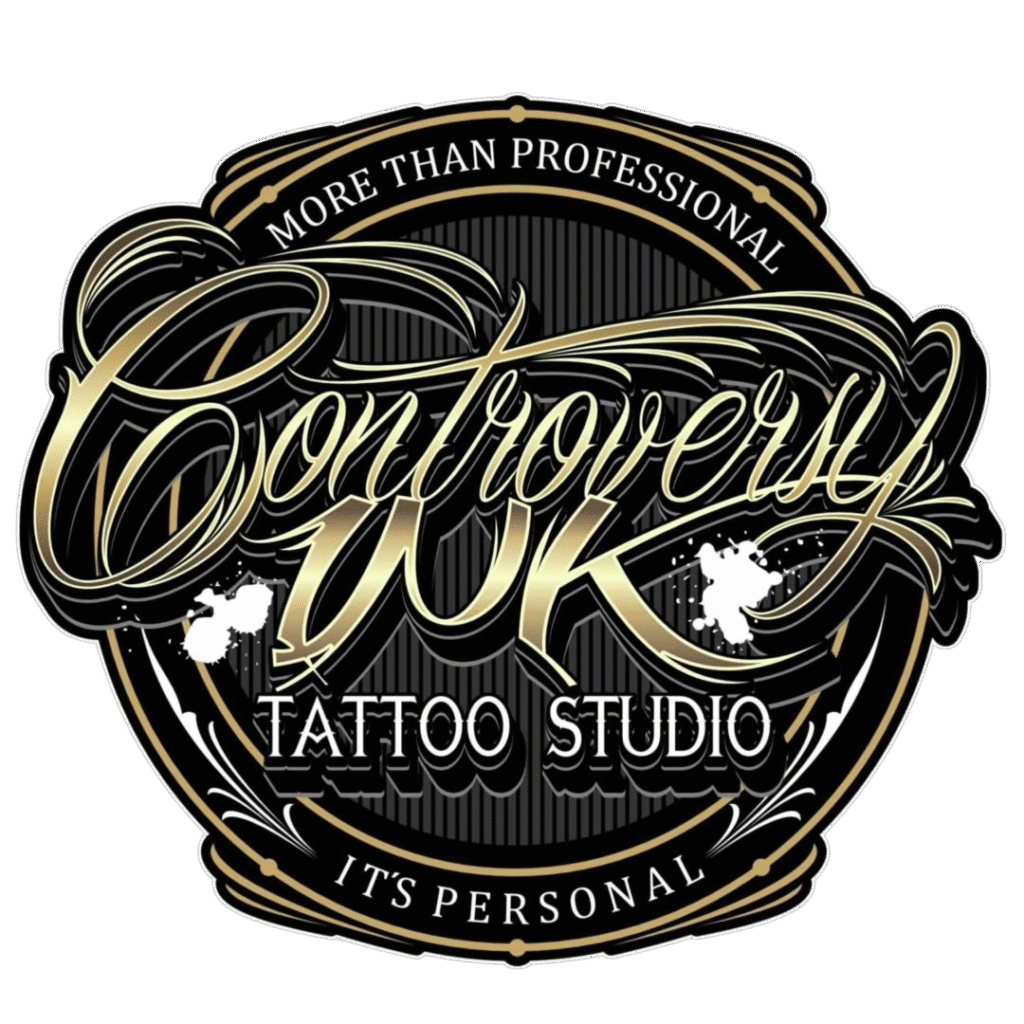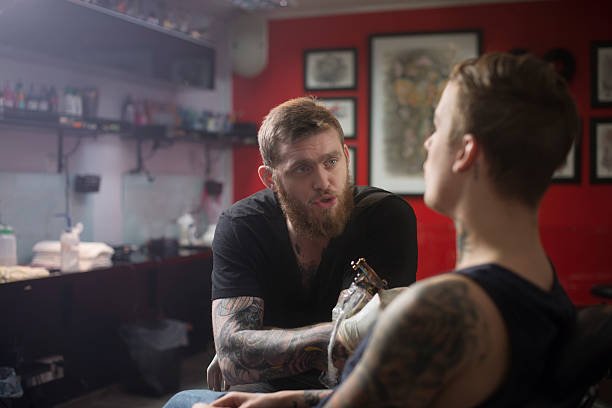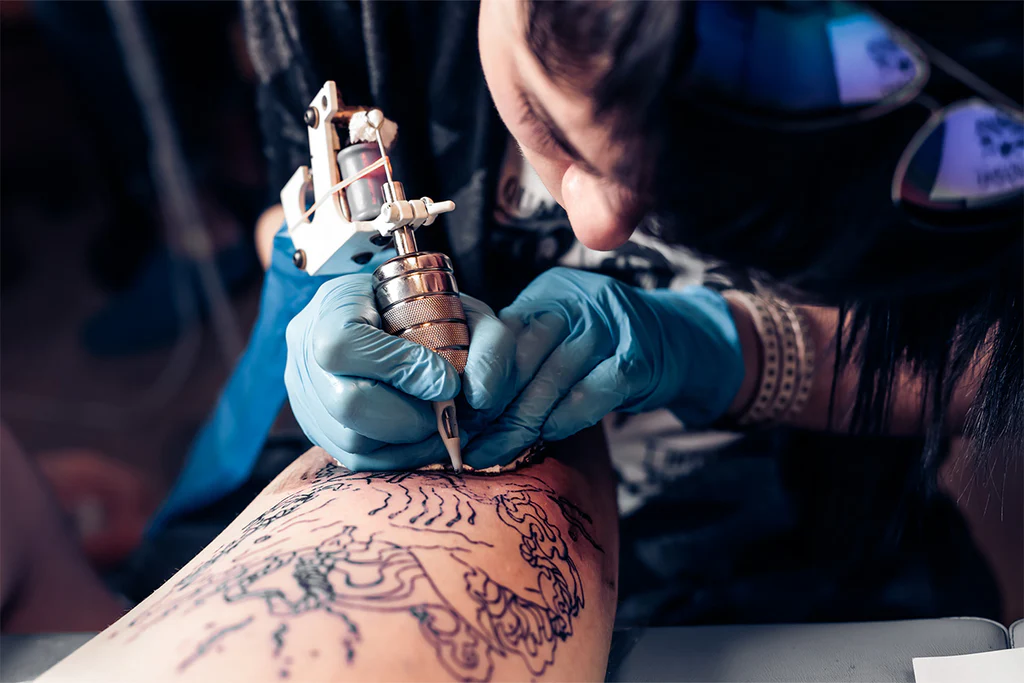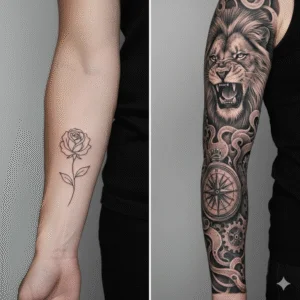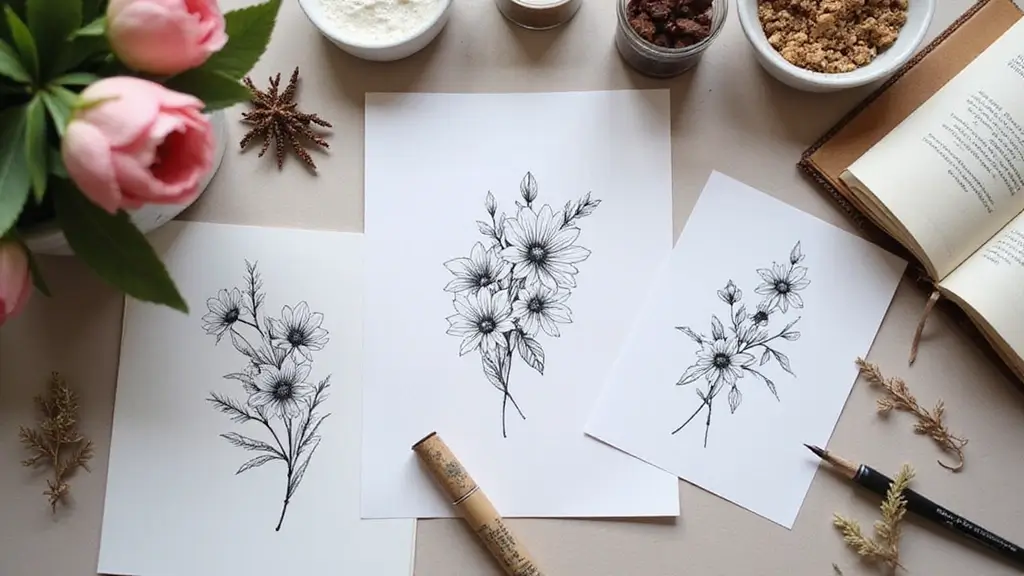Getting your first tattoo is one of those unforgettable life experiences that blends excitement, curiosity, and a touch of fear. It’s a moment filled with anticipation the hum of the tattoo machine, the smell of ink and antiseptic, and the realization that what’s about to happen will stay with you forever.
Whether you’ve been planning it for years or decided on impulse, your first tattoo isn’t just a design on your skin it’s a story, a statement, and a part of who you are. But before that needle hits your skin, it’s natural to wonder: how does it really feel to get your first tattoo?
The Build-Up: Excitement Meets Nerves
The moments leading up to your first tattoo are a mix of thrill and anxiety. Your heart races a little as you walk into the studio, the buzzing sound in the background reminding you that this is actually happening.
For most people, the excitement outweighs the nerves. The environment the smell of clean ink, the sight of intricate designs on the wall, the sound of the tattoo gun all add to the energy of the moment. You might overthink things like pain or regret, but the best way to handle it is to focus on why you’re getting tattooed in the first place.
The First Touch: What the Pain Actually Feels Like
The big question everyone asks: Does it hurt?
The honest answer is – yes, but not as much as you might imagine.
The pain of a tattoo isn’t sharp or unbearable; it’s more like a constant scratching or burning sensation. Some describe it as a cat scratch, others as light electric pulses on the skin. The level of pain depends on three main things:
Placement: Areas with more bone or less flesh (like ribs, ankles, or wrists) tend to hurt more.
Size and detail: Larger tattoos or detailed shading sessions are more intense.
Personal tolerance: Everyone’s pain threshold is different what’s uncomfortable for one person might be easy for another.
Most people are surprised to find that the pain is manageable, and after a few minutes, your body adjusts to the sensation. The adrenaline rush helps numb it slightly, and the excitement keeps you going.
The Process: Settling Into the Experience

Once the first few minutes pass, you start to relax into the process. The buzzing becomes background noise, and you might even find it oddly calming. The tattoo artist wipes excess ink, checks the lines, and keeps the session steady.
For small tattoos, the entire process might take less than 30 minutes. For larger or more detailed pieces, it could take hours but good artists make the experience comfortable. Many studios play music, talk with clients, and keep the energy light.
You’ll also notice that you start focusing on the meaning behind the design instead of the sensation itself. That’s when the experience turns from physical to emotional the pain becomes part of the story.
The Moment It’s Done: Relief and Pride
When the tattoo machine stops buzzing and the artist wipes off the last bit of ink, you finally get to see your design clearly. That moment is pure relief mixed with pride.
Your skin feels warm, slightly sore, and sensitive almost like a sunburn but seeing your design for the first time makes it all worth it. The redness and swelling will fade in a day or two, leaving behind a piece of art that’s now a part of you.
Most first-timers describe a strange combination of emotions: pride, excitement, and a sense of identity. It’s not just about the image it’s about what it represents. Whether it’s freedom, growth, love, or memory, your tattoo becomes a reminder of who you are and where you’ve been.
Aftercare: The Reality You Don’t Expect
The experience doesn’t end when you walk out of the studio. The healing process is a crucial part of your tattoo journey. Your artist will clean it, apply ointment, and cover it with a protective film.
Over the next few days, your tattoo will feel tender, slightly warm, and might start peeling or itching as it heals. Don’t panic, that’s normal. The key is proper aftercare:
Wash gently with mild soap and lukewarm water.
Keep it moisturized (but not overly oily).
Avoid scratching or picking at scabs.
Stay away from swimming pools, direct sunlight, and tight clothing for a while.
If you follow your artist’s instructions, your tattoo will heal beautifully and maintain its color and sharpness.
The Emotional Side: What You Feel After
Getting your first tattoo can be emotional. For some, it’s liberating a way to reclaim their body or mark a personal victory. For others, it’s sentimental honoring a memory, loved one, or meaningful symbol.
You might find yourself constantly looking at it in the mirror, tracing the lines, or showing it off to friends. It’s normal to feel proud and connected to your tattoo in a way that’s hard to describe.
There’s also something empowering about having control over your own body art. It’s a form of self-expression that no one can take away and that feeling stays with you long after the needle stops.
The Start of a New Addiction
Here’s a secret: very few people stop after their first tattoo. Once you’ve experienced that rush of creativity and meaning, it’s hard not to want more. You start imagining new designs, placements, and ideas and before you know it, you’re planning tattoo number two.

It’s not just about the art itself, but about the process the atmosphere, the connection with the artist, and the sense of identity it brings. Tattoos become a timeline of your life, capturing your stories, milestones, and personal growth.
Conclusion
Your first tattoo isn’t just about pain or ink it’s about transformation. It’s an experience that blends emotion, courage, and creativity into one unforgettable moment.
Yes, it stings. Yes, your skin will be sore. But when you look at that tattoo later whether it’s a small symbol on your wrist or a detailed design on your arm you’ll remember the feeling of doing something meaningful for yourself.
Every tattoo tells a story, but your first one? That’s the beginning of the book
